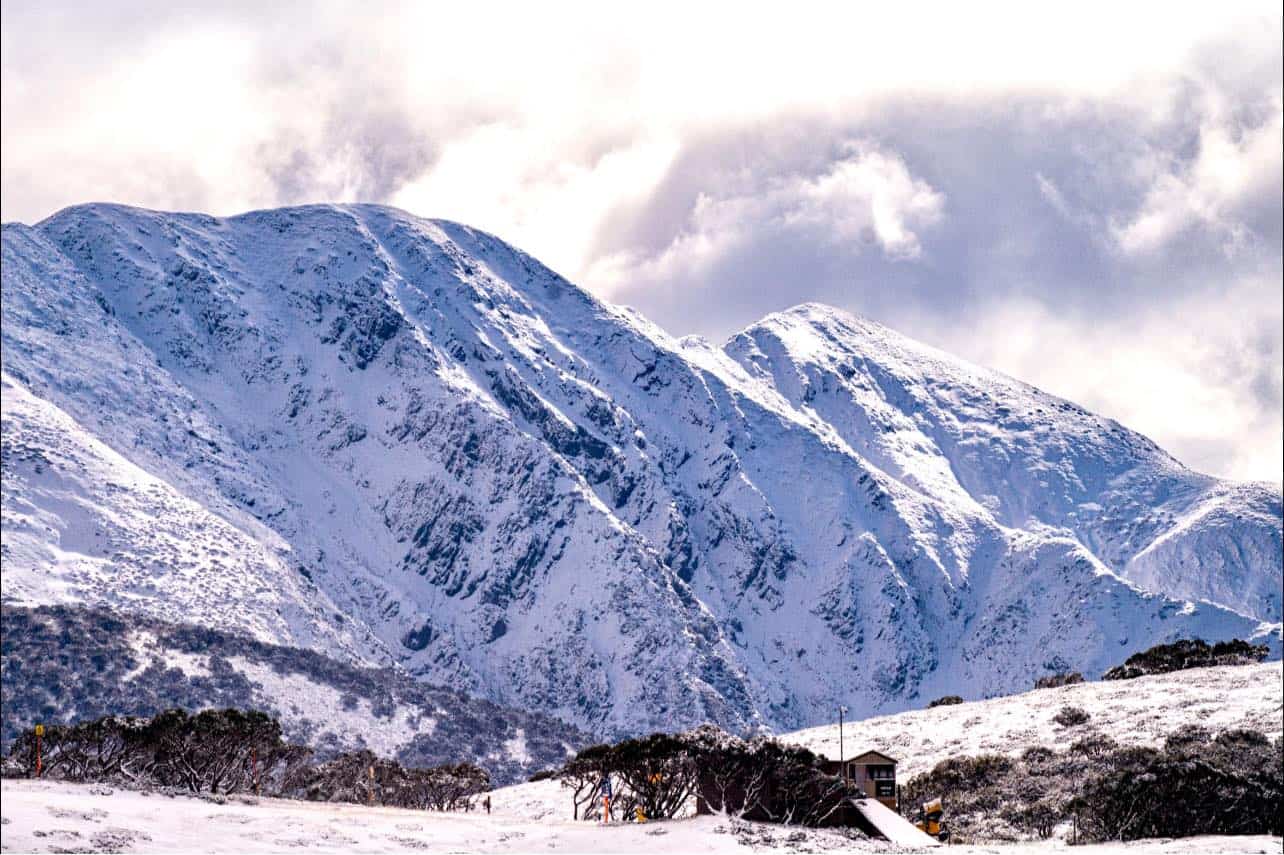Discover How to Pack for a Journey to the Snow In Australia with Practical Tips
Discover How to Pack for a Journey to the Snow In Australia with Practical Tips
Blog Article
Understanding the Relevance of Snow in Australia for Farming and Tourist
While Australia is typically connected with sun-kissed coastlines and dry wilderness, it also flaunts a wide range of snowy alpine regions. The snow that blankets these areas is even more than an attractive landscape feature. It works as a lifeblood for the country's farming and a driving force for a lucrative tourist industry. As we explore this unusual junction, the potential impact of moving climate patterns on Australia's snowfall and its subsequent effects become an engaging emphasis.

The Unexpected Snowfall: Australia's Alpine Regions
When wintertime capes the globe, Australia's Towering regions put on a white mantle of snow, a phenomenon that seems virtually paradoxical in this dominantly sun-baked land. Unlike the stereotyped image of Australia as a land of coastlines and deserts, these regions offer a shocking and gorgeous contrast. The Australian Alps, extending throughout New South Wales, Victoria, and the Australian Capital Area, obtain even more snowfall than Switzerland. This unforeseen winter season wonderland supplies a distinct community, providing an environment for a number of native varieties and a snowy playground for winter season sporting activities enthusiasts. The yearly snowfall, although not as bountiful as in some countries, is a vital aspect of Australia's environment variety and plays a significant function in the nation's farming techniques and tourism sector.
Winter's Bounty: Snow's Contribution to Australia's Water Resources
Regardless of its rarity in the more comprehensive landscape of Australia, snow in the Towering regions plays an important role in the country's water sources. This is specifically vital for Australia, a continent often tormented by droughts. Without the bounty of wintertime snow, Australia's water sources would be considerably strained, impacting both the population and the setting.
White Blanket, Green Fields: The Impact of Snow on Australian Agriculture
Although less noticeable, the impact of snow on Australian farming is considerable. Snowfall in the high nation functions as an all-natural form of watering, slowly melting and giving a constant supply of water to lower-lying farmland. This water-rich setting cultivates the development of durable plants, adding to the nation's farming productivity. Snowfall improves dirt health by introducing dampness and capturing nutrients, which are gradually launched as the snow thaws. This procedure improves the soil, cultivating the growth of see healthier, much more resilient plants. In addition, snow cover acts as a safety blanket, protecting review the ground versus serious winter season temperatures that could otherwise harm plants. Thus, the role of snow in Australian farming is both important and diverse.

Money: Snow Tourism and Its Economic Importance in Australia
While the worth of snow to Australian farming is frequently ignored, its payment to the nation's tourism sector is unquestionably significant. The snow-laden peaks of Australia's alpine regions bring in a flurry of vacationers every winter months, contributing millions to the nationwide economic situation. Thus, the financial importance of snow tourist in Australia extends far past the slopes.
Future Forecast: Environment Change and Its Prospective Results on Australia's Snowfall
As the world faces the reality of environment adjustment, so also has to Australia ponder its possible results on the country's snowfall. Current scientific models predict a decrease in Australian snowfall, with possibly severe influences on both agriculture and tourism. In some areas, the snow season can be shortened by up to 80 days by 2050. Such adjustments endanger the practicality of Australia's ski sector, which contributes considerably to the neighborhood economic climate. Less snowfall could likewise influence the nation's farming field, as snowmelt plays a crucial function in watering crops. The possible impacts of these adjustments underline the seriousness of environment modification mitigation initiatives, both in Australia and globally.
Final Thought
In conclusion, snow is a pivotal component of Australia's farming and tourism sectors. The impending danger of climate modification increases worries about the future of Australia's snowfall patterns, possibly interfering with these considerable economic sectors.

When winter season capes the world, Australia's Alpine areas wear a white mantle of snow, a spectacle that seems practically paradoxical in this dominantly sun-baked land.In spite of its rarity in the broader landscape of Australia, snow in the Alpine areas official website plays an important role in the nation's water sources. Without the bounty of winter snow, Australia's water resources would be dramatically strained, impacting both the populace and the setting.
Therefore, the economic importance of snow tourism in Australia expands much beyond the slopes.
In verdict, snow is a crucial aspect of Australia's farming and tourist markets. Snow In Australia.
Report this page